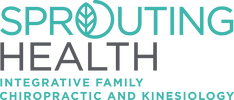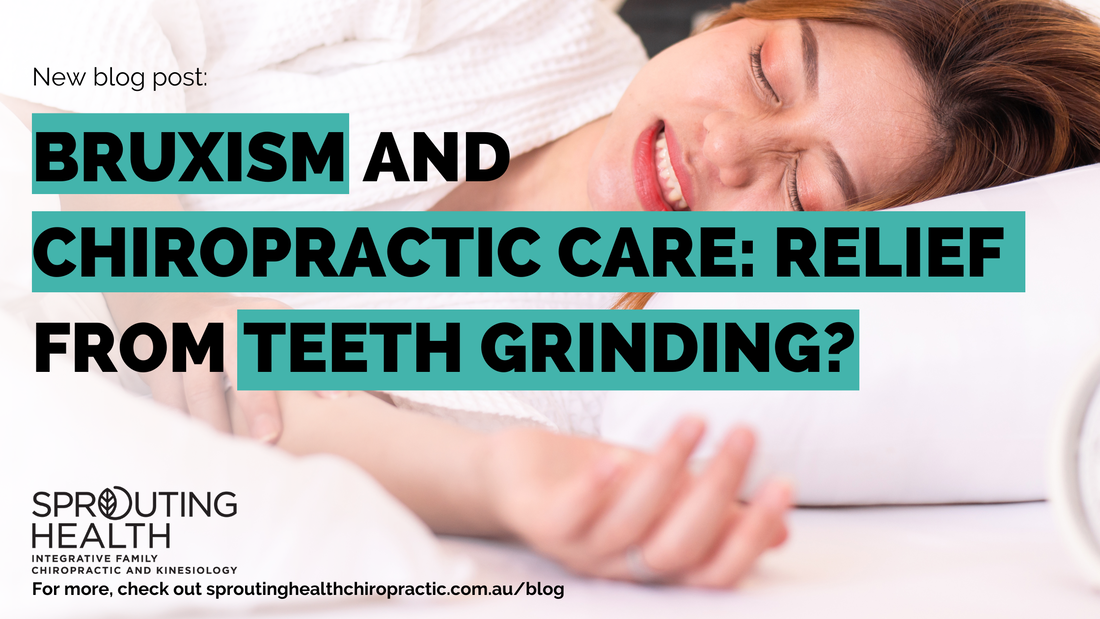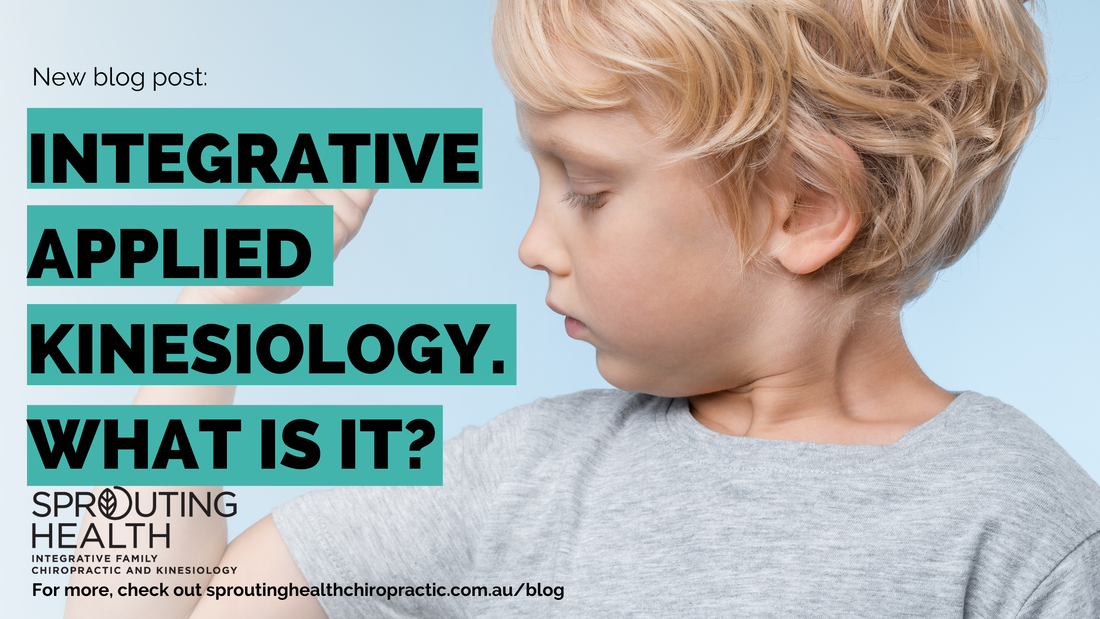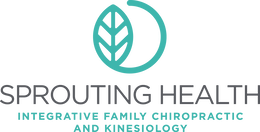|
In the pursuit of a healthy and active lifestyle, building muscle strength is often hailed for its aesthetic benefits and the boost it provides to overall fitness. However, an equally crucial yet sometimes overlooked advantage of stronger muscles is their role in injury prevention. Whether you're an athlete, a weekend warrior, or someone simply looking to enhance your physical well-being, understanding how muscle strength can shield you from injuries is key to a sustainable fitness journey.
Strong muscles contribute significantly to joint stability. When muscles around a joint are well-developed, they provide better support, reducing the risk of sprains and dislocations. For instance, strong quadriceps and hamstrings help stabilise the knee, which is vital for everyone. Stronger muscles contribute to better body mechanics and movement patterns. This means that with enhanced muscle strength, you're less likely to perform movements incorrectly or inefficiently, which is a common cause of injury. Building muscle strength also improves neuromuscular coordination and balance. Strong muscles and a well-tuned neuromuscular system allow for more precise and controlled movements. This is particularly beneficial in preventing falls and related injuries, which are a major concern, especially as we age. In the unfortunate event of an injury, having a strong muscular foundation can significantly speed up the recovery process. Muscles that are in good condition tend to heal more quickly and efficiently. Additionally, strong muscles around an injured area can help compensate for temporary weakness or instability during the rehabilitation period. Chiropractic impact on muscle strength A randomise controlled trial in 2020 has investigated whether chiropractic care influences strength, balance, and/or endurance in active-duty United States military personnel with low back pain.(1) The result was rather predictable. The mean maximum pulling strength in the chiropractic group increased by 5.08 kgs and decreased by 7.43 kgs in the wait-list control group. The chiropractic group also showed significant improvement in core muscles endurance and better balance with eyes closed compared to the control group. Another randomised clinical trial looked at hand grip strength in national level Judo athletes pre and post adjustments, the difference in hand grip strength after adjustment are up to 17% improvement after 3 treatments.(2) Practical Tips for Building Muscle Strength To reap the injury-prevention benefits of stronger muscles, incorporating strength training into your regular fitness routine is essential. Here are a few practical tips: 1. Consistency is Key: Engage in strength training exercises at least two to three times per week. 2. Balanced Approach: Focus on building strength in all major muscle groups to ensure balanced support across your body. 3. Proper Form: Always prioritise proper form and technique to maximise effectiveness and reduce injury risk during workouts. 4. Rest and Recovery: Allow adequate time for muscles to recover between sessions to prevent overtraining and injury. 5. See your Chiropractor: Your Chiropractor can often treat and help manage your injuries, as well as help mmanage your nervous system to be healthy and in tune. By understanding and leveraging the protective benefits of stronger muscles, you can enhance your athletic performance, maintain an active lifestyle, and most importantly, keep injuries at bay. If you are interested in how chiropractic care could help improve your overall well-being and injury prevention, talk to one of our chiropractors for more information and tips! Reference 1. Vining R, Long CR, Minkalis A, Gudavalli MR, Xia T, Walter J, et al. Effects of Chiropractic Care on Strength, Balance, and Endurance in Active-Duty US Military Personnel with Low Back Pain: A Randomized Controlled Trial. The Journal of Alternative and Complementary Medicine. 2020;26(7):592-601. 2. Botelho MB, Andrade BB. Effect of cervical spine manipulative therapy on judo athletes' grip strength. Journal of manipulative and physiological therapeutics. 2012;35(1):38-44.
0 Comments
Including but not limited to prozac, zoloft, celexa, lexapro …
Did you know that 10-20% of women will present with a major depressive disorder during pregnancy and the immediate postpartum period and 5 to 13% of these women will be treated with an SSRI. Through research, SSRIs have been shown to cross the placenta. Especially during the 3rd trimester which leads to an increased risk in SSRI withdrawal like syndrome in the newborn. The symptoms are as follows:
So what can you do? Its important you weigh up all options and research yourself to understand the risks. However sometimes you have to do what you need to do, because the other option could be worse for you. If you must use these during pregnancy then pregnant women exposed to any SSRI in early pregnancy can ask to be offered options through regular ultrasound examination and fetal echocardiography to detect the presence of birth defects. At Sprouting Health we all practice using Neuro Emotional technique which can help make manage your stress physiology. We are here to help you at any step in your journey of pregnancy and life. Please talk to the team about this if it interests you. References: Alwan, S., Friedman, J. M., & Chambers, C. (2016). Safety of Selective Serotonin Reuptake Inhibitors in Pregnancy: A Review of Current Evidence. CNS drugs, 30(6), 499–515. https://doi.org/10.1007/s40263-016-0338-3 Lugo-Candelas, C., Cha, J., Hong, S., Bastidas, V., Weissman, M., Fifer, W. P., Myers, M., Talati, A., Bansal, R., Peterson, B. S., Monk, C., Gingrich, J. A., & Posner, J. (2018). Associations Between Brain Structure and Connectivity in Infants and Exposure to Selective Serotonin Reuptake Inhibitors During Pregnancy. JAMA pediatrics, 172(6), 525–533. https://doi.org/10.1001/jamapediatrics.2017.5227 Bruxism, also referred to as teeth clenching and grinding affects both children and adult populations worldwide. This can lead to a range of dental and general health problems when left untreated. To understand bruxism, it can be defined as the involuntary grinding, clenching, or gnashing of the teeth often occurring during sleep (nocturnal bruxism).
Symptoms of bruxism can include:
References:
We are often asked - “what is it that you do and how can it help me?”.
We use Applied Kinesiology (AK). Applied kinesiology is the study of muscles and the relationship of muscle strength to health. It incorporates a system of manual muscle testing and therapy. AK is based on the theory that body dysfunction is accompanied by a set or pattern of specific muscle findings. When you visit Sprouting Health we efficiently test 80 individual muscles, look over your set of unique symptoms and then formulate a healing plan using both Eastern and Western medicine modalities. For example, from gentle basic body muscle tests and your history we can usually investigate why a particular soreness or symptom may be present. Eg. If you have a sore elbow or neck, we examine nerve supply and muscles around that specific area. These muscles may be malfunctioning, that is they may be over tight or they may be weak. This will cause the joint to become imbalanced and lead to wear and tear and hence ultimately cause pain. If more complicated patterns or history present, we might then order a blood test or a urine sample to help us further investigate. We might then use chiropractic care, acupuncture systems, soft tissue therapies, or stress relieving techniques to help you, all based on information from the tests we get. We do not confine our practice to one form of therapy, we are directed by your unique set of symptoms and findings from our thorough investigation. We also work with other health practitioners if required to help you achieve your Best Life Possible! If you would like help with a niggling injury or you are not satisfied with the results you are getting contact us here at Sprouting health and we would love to see if we can help you. It’s our passion! |
AuthorBlogs by the team at Sprouting Health Archives
July 2024
Categories |





 RSS Feed
RSS Feed
